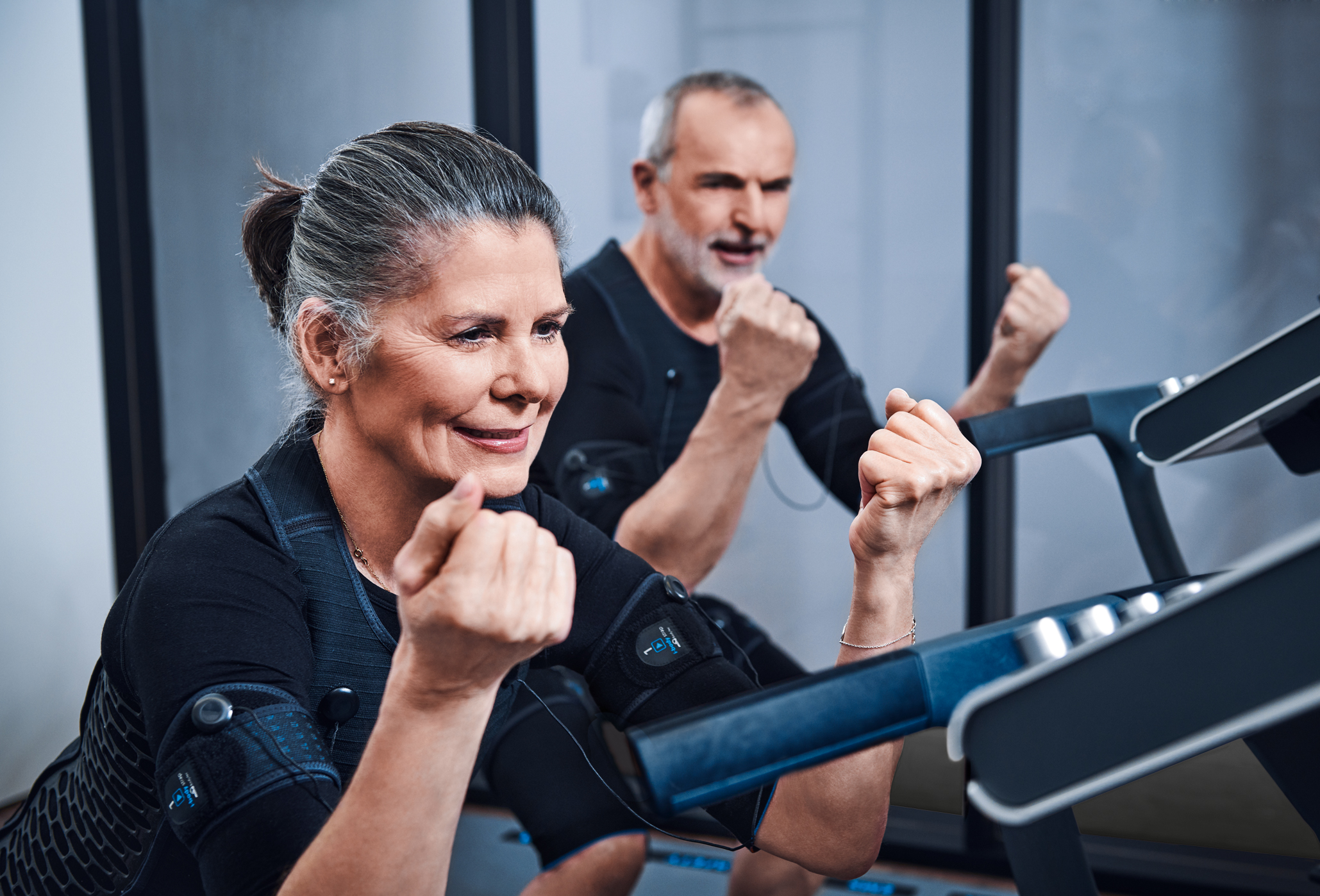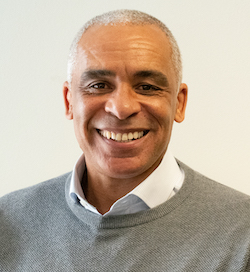latest fit tech news
Egym snaps up Hussle as it moves to dominate the corporate wellness market with its Wellpass product
Letters: Write to reply
Fuel the debate about issues and opportunities across the industry. We’d love to hear from you – email: [email protected]
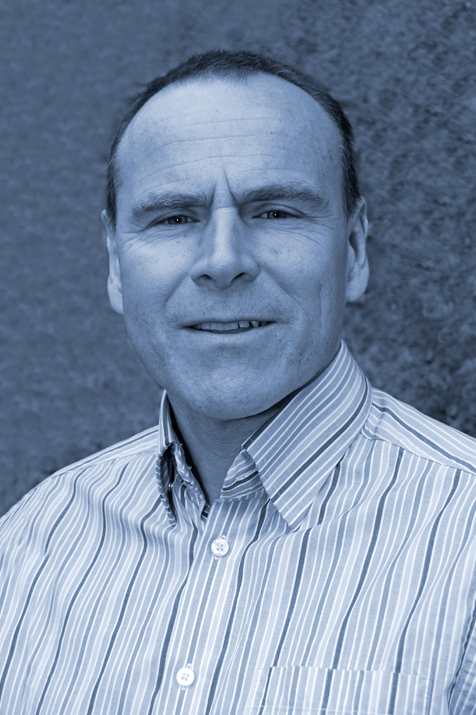
Fresh from the ukactive National Summit and enthused by keynote speeches about the role that physical activity can and needs to play in the nation’s wellbeing, I headed to a town west of London to do a focus group for a client, who wanted to understand the barriers to getting people more active in their community.
We’d recruited 13 people, of varying ages and gender, who had two things in common: they were totally inactive, and they had other challenges, many income- or disability-related, facing them.
The next hour put into context the challenges we still face as an industry in encouraging the percentage of the population who are totally sedentary to even consider the smallest steps to get out of their chairs.
Of the 13 people I engaged with, only two were interested in doing any more physical activity, and several were not even convinced of the benefits of being active. The barriers they spoke of were multi-faceted and complex; a combination of lack of time, child care issues, disability and zero motivation. One 48-year-old woman asked: “What’s the point of going for a walk if I haven’t got anywhere to go?”
Many of them cited the cost of going to a leisure centre or joining a gym, but few knew what the costs actually were, or what help the council offered to “people like them” to get them going. Almost all of the group did not feel they would be at home in a gym, let alone in a swimming pool – several quoted bad experiences of poor changing rooms, grubby poolsides and “staring lifeguards”.
The only spark of encouragement came towards the end of the session, when the participants started talking about how certain activities could bring together communities and help battle loneliness. They felt that neighbours just didn’t know each other anymore and perhaps, for them, focusing on the social side of an activity would be the starting point and might lead to them being more physically active.
After 35 years in this great industry, and truly believing that getting people more active and living healthier lives is one of the most important goals of our society, this evening reminded me how little we have reached into some people’s lives and how far we still have to go. It couldn’t have been more grounding after the heady heights of the Summit.
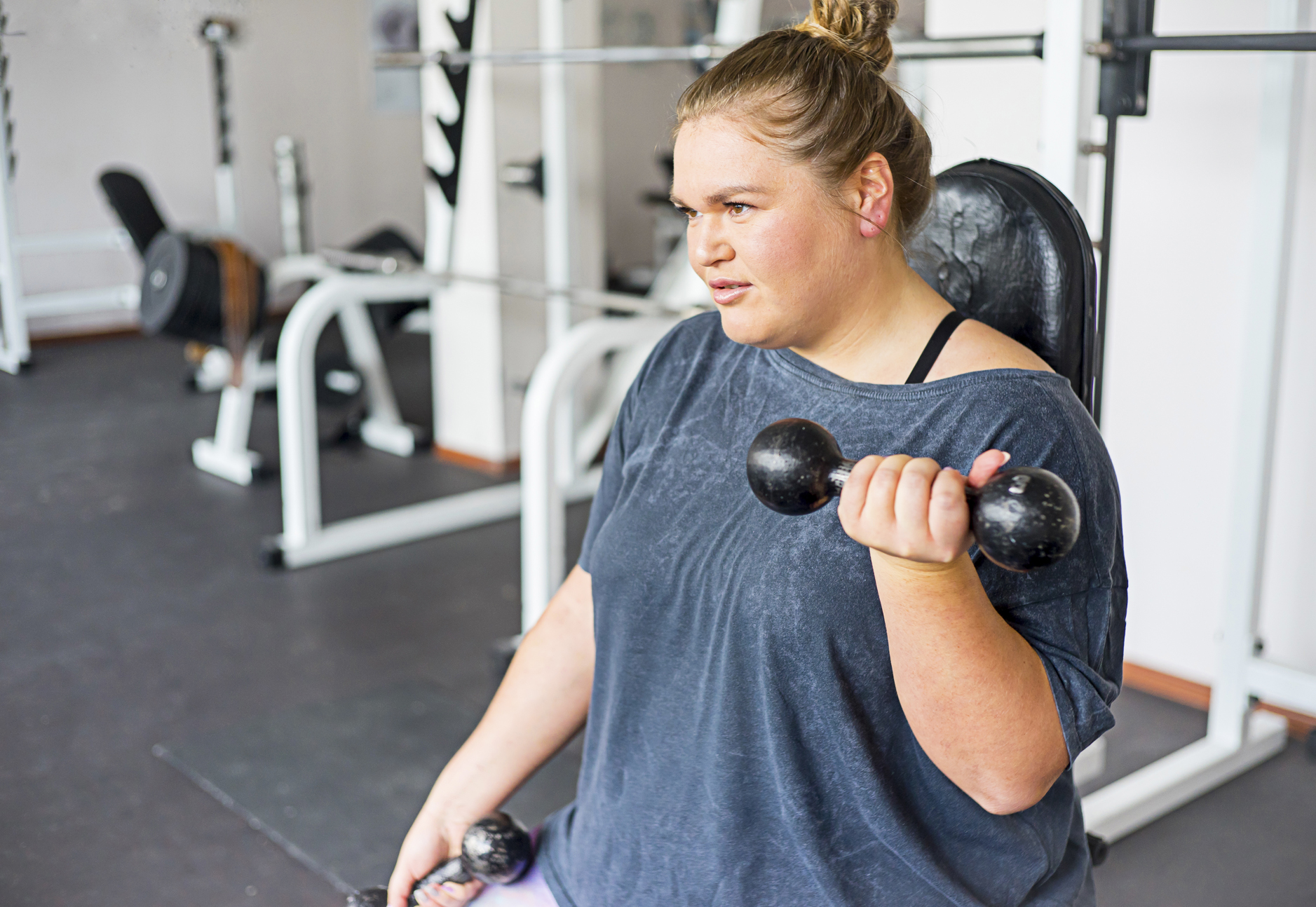
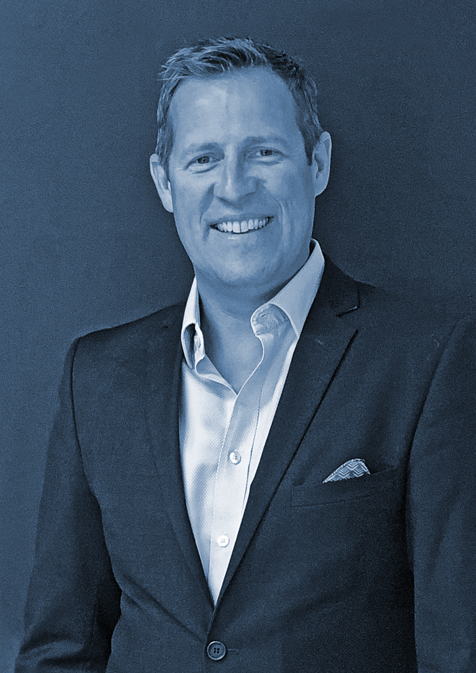
The recent article about older people’s ability to build muscle was an encouraging read. The study by the University of Birmingham showed that older people who have never taken part in sustained exercise programmes have the same ability to build muscle as highly trained master athletes of a similar age – further proof that it really is never too late to get into fitness.
The challenge is getting older people into the gym. The desire is there, but the barriers sometimes prove too much. Despite the well-established advantages of physical activity, people over 60 often neglect their fitness. And for those that do maintain a regular exercise routine, they often forget about any form of strength training. Even in situations where over-60s are exercising, they often prioritise cardiovascular training.
Some older adults are reluctant to participate in traditional forms of fitness due to physical limitations, the intimidating atmosphere created by younger, fitter people, noise levels and the lack of affordable supervision.
Electro-Muscle-Stimulation (EMS) Training has the potential to remove these barriers, providing an efficient alternative training method to increase or maintain muscle mass and function.
Requiring just 20 minutes to do, the low-impact EMS workout is accessible, effective and scientifically proven to reduce sarcopenia.
Studies show regular EMS sessions with both males and females aged 60 and over, who are considered untrained but otherwise healthy, experienced improved joint functionality and movement, such as knee extension and flexion and motor function.
Whole-body EMS also demonstrated positive changes in muscle mass, power and abdominal fat accumulation in untrained females over 60 to the same extent as conventional resistance training.
While the notion of EMS may be unusual to some people, the ease with which a session can be delivered could be just the motivation older people need. There’s no special equipment required, sessions are short, low-impact, and comprised of bodyweight movements most people can do.
EMS trainers are also mobile, so they can travel to clients for bespoke, one-on-one sessions in the comfort of their own home. Sessions are delivered by a qualified trainer, so their full attention is always on the client. The same cannot be said for someone new to exercise who’s hidden at the back of a studio, or trying to blend in on the gym floor.
EMS helps build strength and strength training is preventative medicine for your body. It has the potential to decrease the risk of injury, increase bone density and prevent back pain and loss of muscle mass, all of which is important as we age.
For these reasons, EMS can be a useful alternative to traditional exercise methods for an older population. It may be just the start they need for more regular activity, or simply the thing that allows them to play with their grandchildren without pain or worry.
